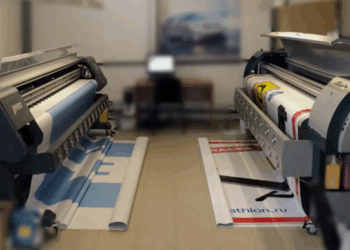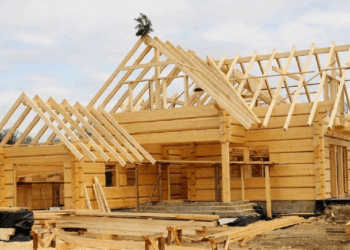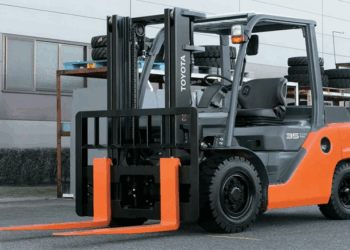The third stage of engineering and ecological surveys is traditionally considered to work in the laboratory. Such a laboratory stage involves the study of all samples received (for example, water and soil, air) in order to obtain the most plausible information about the current state of the area.
Only special accredited laboratories have the right to engage in this activity. They have all the necessary equipment, possess modern algorithms for analyzing all the factors important in the construction and therefore are able to satisfy any customer requirements. There are no other ways to obtain laboratory research. This means that contacting some organizations that position themselves as laboratories without accreditation, offering affordable and operational services, is not worth it.
The final stage, the fourth, is called the desk. This is a very crucial period of work, during which experts process materials obtained after the field and laboratory stages of engineering and ecological surveys. After receiving the necessary conclusions, the development of cartographic material is made, and the thematic technical report is drawn up. It traditionally includes all the significant results of IEI. Such a report is mandatory transmitted to the customer. After all, only he can accept or reject the results provided and announce certain design decisions. The task of the customer is also the preparation of the sections of the OOS and EIS in the framework of the design and working documentation.
It is worth clarifying: by the abbreviation of the OOS we mean «environmental protection». Under the abbreviation EIA — «Assessment of environmental impact». These sections must be agreed with the Ministry of Natural Resources of the Russian Federation, as well as with the control and supervision authorities, which are authorized to determine the conditions of nature management, with the bodies of sanitary and epidemiological supervision.
These sections indicate the nature of technical capabilities for joining communications, a complete characteristic of the area and existing technological problems. Here, the issue of making a decision focused on the preservation of the environmental balance and the exclusion of adverse factors is resolved here.
Ignoring the listed points — the content of an administrative offense prescribed in the relevant code. In this regard, compliance with environmental requirements acquires a special sound.
It should be noted that the completeness of environmental justification in the process of developing the already specified sections of the OOS and EIS in the framework of the preparation of design documentation directly depends on the completeness of engineering and ecological surveys. In this regard, organizations need to take measures to improve the quality of the obtained research materials. This requires the following:
Firstly, to continue engineering and ecological surveys and research and further at each stage (we mean the construction, use of a building or other facility, as well as its liquidation). To do this, it is necessary to organize monitoring the condition of all existing natural-technical systems and regularly analyze environmental, protective measures. In other words, monitor the environmental situation in dynamics.
We indicate that the conduct of environmental monitoring in the framework of the construction, operation or liquidation involves passing through three stages. Moreover, each of them coincides with a particular life cycle of the object. So, the first is IEI of the pre -construction period. They are focused on determining the background state of all components of the environment.
The second is building monitoring. This stage allows you to control the effect on the natural environment during the implementation of the constituent construction of actions, and give it an assessment.
The third is an analysis of the situation at the operation stage. The period implies that the company needs to create a regularly operating PEM system (that is, production environmental monitoring).
Thus, engineering and ecological surveys are a set of measures within which the existing state of all important components of the environment is evaluated within the planned placement of various objects of industrial significance. The data obtained here is then used to adequate assessment of the influence of buildings on the environment both in the process of construction and during operation. For example, construction monitoring involves controlling the technogenic effect on the environment during the implementation of construction plans.
The information obtained in comparison with the results of the background monitoring is used to analyze the intensity of environmental impact during construction. Together with the launch of facilities, operating monitoring measures will start. Activities at this stage are organized within the boundaries of specially created and constantly functioning PAM systems.












